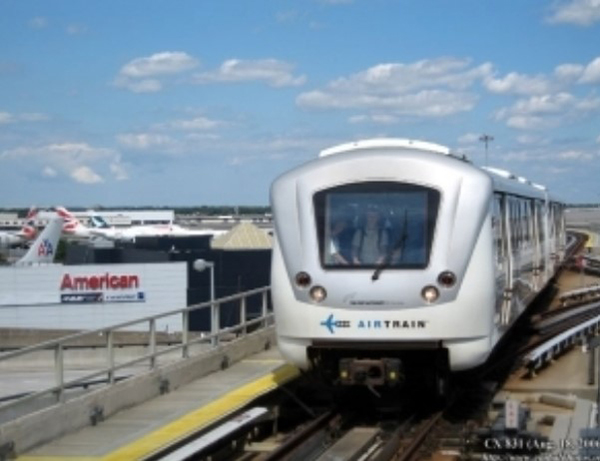Overhead Catenary Systems

Overhead lines—also called overhead wires—are used to transmit electric power across long distances. In the transit industry, they are utilized for transmitting the electricity needed to power electric trains, trams, and trolleys. In these applications, they consist of one or more wires suspended from poles or towers over the rail track. The wire(s) connect(s) to feeder stations and rectification substations at regular intervals, which ensures the power has the proper voltage and current levels needed for the particular transit operation.
Benefits of Overhead Catenary Systems
Today, overhead catenary lines are the standard for many transit applications. Similar to all other overhead line systems, they consist of overhead wires used to supply electricity to an electric transit vehicle equipped with a pantograph. The pantograph presses against the bottom of the lowest overhead wire—i.e., the contact wire. When this occurs, the current flows through the contact wire into the train, through the train into the steel wheels, through the wheels into the running rails, and through the running rails back to the feeder stations.
Unlike simple overhead line systems, overhead catenary systems have at least two wires rather than a single uninsulated wire. One wire—i.e., the catenary or messenger wire—is hung between the towers or poles with a specific tension. The second wire is attached to the first wire at frequent intervals using clamps and connecting wires (i.e., droppers). It is tensioned such that it is straight and level with the rail track over which it is suspended. This design results in better durability, making these overhead systems well-suited for use in high-speed transit operations.